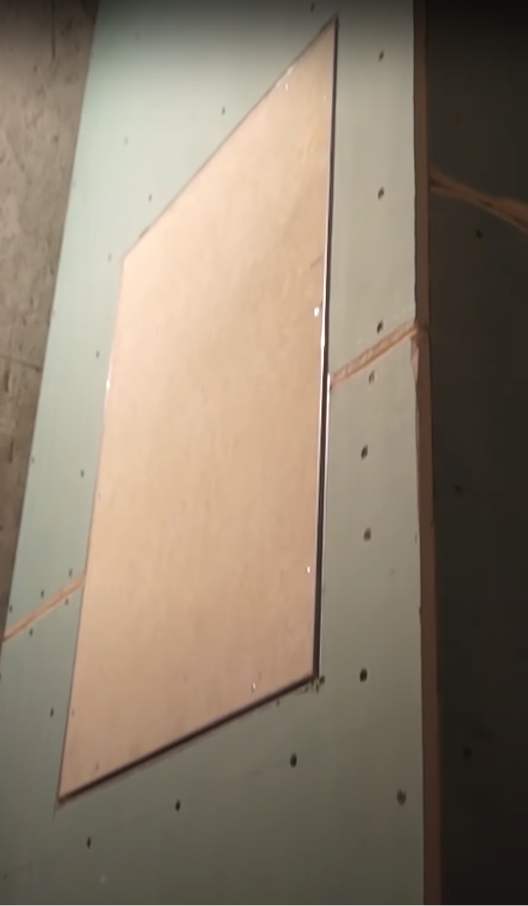A decorative box for heating pipes allows you to hide all communications, and also provides more efficient heat retention. The structure is made of plywood, drywall, metal or wooden sheets. How to make it yourself is described step by step below.
The content of the article
- Materials and tools
- Step-by-step instruction
Materials and tools
The box for heating pipes must be made only from moisture-resistant materials. The most commonly used are:
- drywall sheets;
- plastic panels;
- special types of panels.
A decorative box made of moisture-resistant materials can be purchased ready-made or assembled independently. It is not difficult to do this, since sheets of drywall or the same plywood are quite easy to cut into the necessary fragments, and then decorate to match the overall design of the room. No special equipment is required for installation. All you need are the following tools and materials:
- metal profiles;
- wooden beam;
- dowels and screws;
- screwdriver;
- perforator;
- brush;
- antiseptic for wood;
- knife;
- scissors for metal work;
- Laser level;
- construction roulette;
- square.
The remaining materials are selected depending on what design is planned to be made. It can be a metal box for pipes, wooden, plastic, but more often - plasterboard.
Step-by-step instruction
Do-it-yourself box for heating pipes is mounted in several stages - first they prepare the pipes, install thermal insulation, then measurements are taken, the lines are determined by the level and the material is cut, after which they proceed to assembly.
The main steps are:
- With the help of construction tape, a material for thermal insulation is fixed on the pipes, for example, a heat flex with or without foil.

- Make markings on the floor with a laser level and draw straight lines with a square.

- Similarly - verticals on the wall.

- Determine the height of the ceiling and put a metal guide.

- A box for pipes made of laminate or other materials is mounted on a frame, the main of which is a metal profile. Therefore, you will need to put parallel guides in the same way.

- The timber is treated with neomid or other antiseptic.

- The timber is sawn and inserted into a metal guide to strengthen the frame.

- The result should be something like this. Unlike a ready-made box for closing pipes, it can be built in any room, taking into account the height of the ceiling, the width of the opening and other dimensions.

- Crossbars are placed every 50-60 cm so that the frame is rigid.

- Next, they make a mortgage for a water outlet from a wooden bar.

- Install the front panel.

- The ends are covered with plywood. If you make a metal box for pipes, the technology is similar, but then stainless steel sheets are used.

- The finished side looks like this.

- The floor box for heating pipes must be sheathed with drywall. The sheets are cut, the edges are sanded and a hole is pre-drilled for the water outlet.

- Both the top and bottom of the sheet should have a cutout, as shown in the photo.

- The collapsible box is fixed with self-tapping screws with an interval of 20-30 cm.

- The result is a structure like this.

Next, you can install shelves and doors, and then proceed to priming and finishing. Moisture-resistant drywall can be coated with any paint, for example, acrylic, so that the box fits well into the overall interior.


